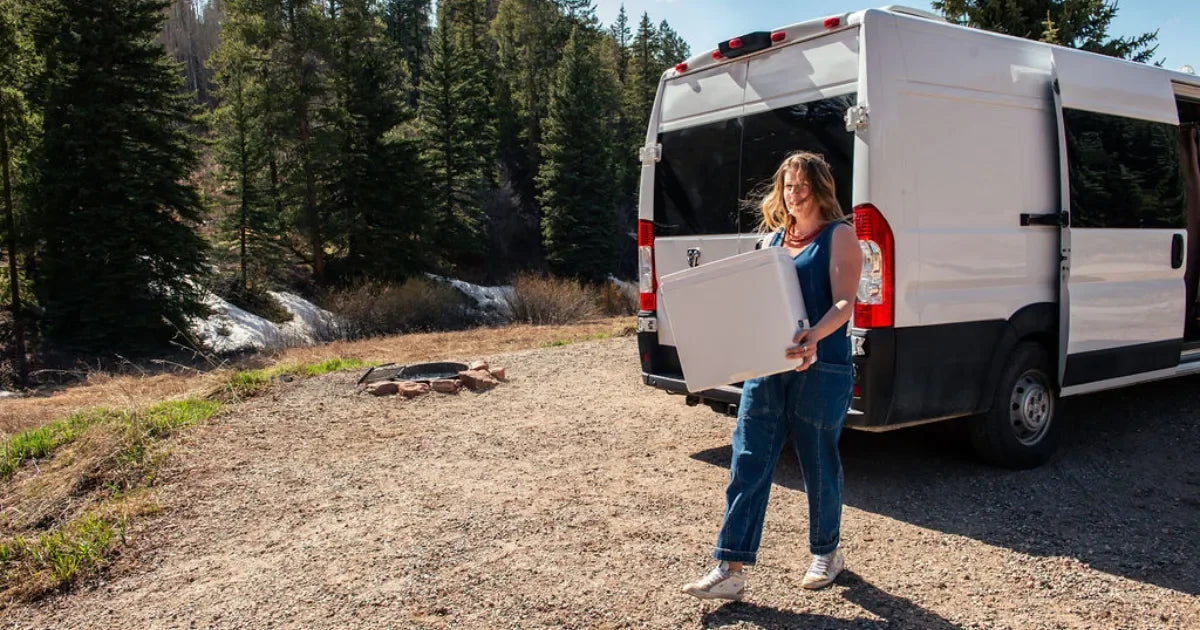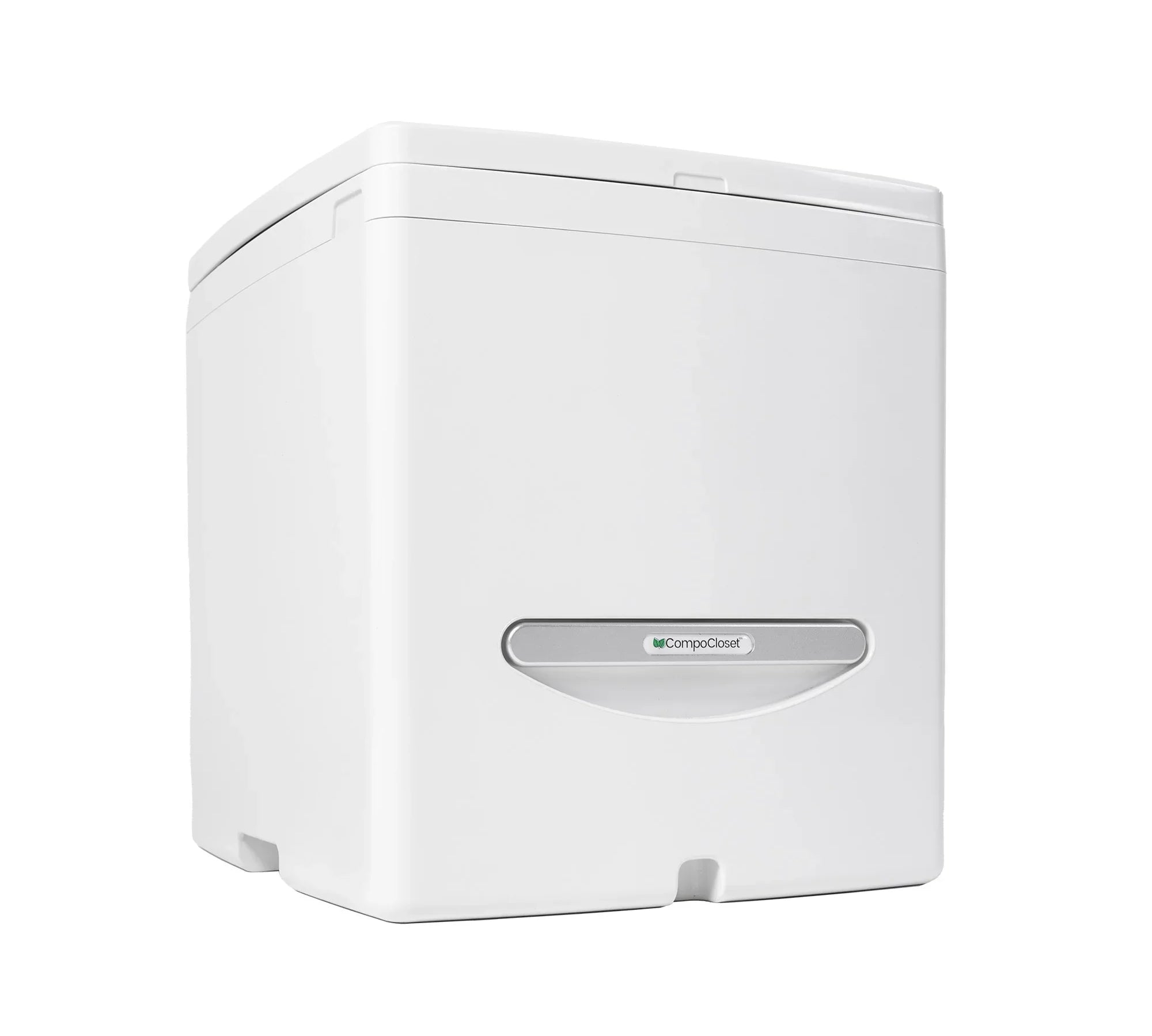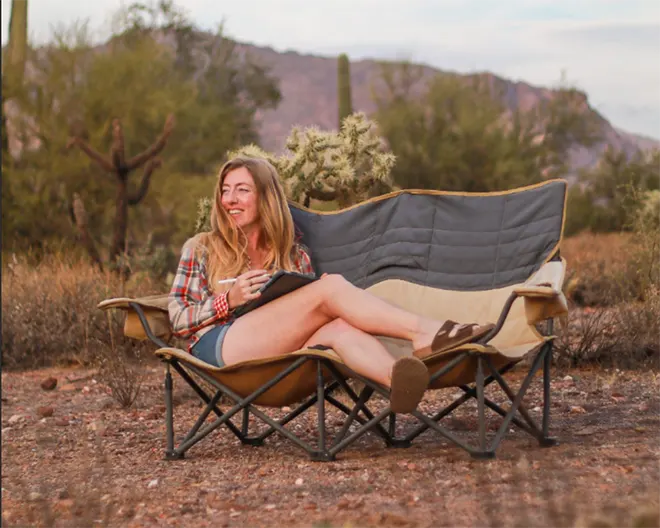Let’s face it: when you're researching toilets for your van, cabin, boat, or tiny home, the terminology can feel a bit… messy. Dry toilet? Composting toilet? Incinerating? It’s enough to make you want to just dig a hole in the woods.
But we’ve got your back. This guide will wipe away the confusion and help you understand exactly what each type of toilet is, how they work, and why the S1 Sealing Toilet stands apart as a true dry flush toilet.
What Is a Dry Toilet?
A dry toilet (also called a non-flush toilet) is any toilet that doesn’t use water to flush matter. Instead of moving the contents with water, dry toilets use containment systems where solids and liquids are either stored, separated, or processed.
Common Types of Dry Toilets:
-
Composting: Separate liquids and solids, starting a decomposition process.
-
Sealing: Also called a dry flush toilet, it uses a bagging and sealing mechanism to wrap and secure waste immediately.
-
Separating Sealing: Another “flushable” dry toilet, also separates liquids and solids and uses a bagging and sealing mechanism to wrap and secure solid waste immediately. Liquids are diverted into a separate container that is emptied responsibly as needed.
-
Bucket: Basic container with absorbent cover material.
-
Vault or Pit Toilets: Permanent, non-portable versions found at campsites
All Dry Toilet Types Compared
|
Feature |
Composting |
Sealing |
Separating Sealing |
Bucket |
Vault or Pit Toilets |
|
Flush Mechanism |
No flush |
Automatic sealing mechanism |
Automatic sealing for solids |
No flush |
No flush |
|
Water Use |
None |
None |
None |
None |
None |
|
Chemicals Needed |
No |
No, but sometimes recommended by manufacturers |
No |
No |
No |
|
Power Requirement |
Low (for fan, optional) |
Yes (for sealing) |
Yes (for sealing) |
None |
None |
|
Odor Control |
Good (fan & separation) |
Good (sealed bags) |
Excellent (sealed & separated) |
Moderate (depends on cover material) |
Varies (depends on maintenance) |
|
Waste Processing |
Begins composting solids, liquids diverted |
Sealed waste for later disposal |
Solids sealed, liquids diverted |
Stored with absorbent material |
Held in underground vault/pit |
|
Legal Disposal |
Solids: landfill or compost, Liquids: greywater rules |
Typically landfill (check local rules) |
Solids: landfill, Liquids: greywater rules |
Depends on material; landfill or compost |
Managed by site |
|
Maintenance |
Regular emptying and fan check |
Replace seal rolls, empty regularly |
Replace seal rolls, empty both containers |
Frequent emptying, add cover material |
Site maintained |
|
Environmental Impact |
Low (no water, compostable) |
Moderate (plastic bag use) |
Low to moderate |
Low (if composted properly) |
Moderate (depends on groundwater protection) |
|
Portability |
High |
Moderate |
Moderate |
High |
None |
|
Ideal For |
Vanlife, off-grid, eco-conscious users |
Short trips, minimal handling |
Mixed-use, eco-conscious with convenience |
Emergencies, simple temporary setups |
Public campsites, remote trails |

Dry Toilets compared to “Flushing” Dry Toilets
While all the toilets above qualify as dry toilets (don’t need water to operate), not all are considered a dry flush toilet, which by definition is:
“a type of toilet that operates without water, chemicals, or composting. Instead of using water to flush and move waste, these toilets utilize a dry system, often involving a compressed air mechanism or a bagging system, to encapsulate and seal waste.”
The S1 Dry Flush Sealing Toilet is the best (and only!) version of this type of toilet. It separates solids and liquids, and uses a clever sealing system to trap solids after each use, leaving no odor, no leaks, and no 6-month composting wait time. It’s the perfect mix of modern tech and off-grid simplicity.



So to summarize, dry toilets include all toilets that don’t need water to operate, while dry toilets that flush include the handy mechanism that encapsulates waste at the push of a button.
Which Dry Toilet Is Right for You?
Choosing the right dry toilet really comes down to your lifestyle, mobility needs, and how hands-on you’re willing to be. Whether you're vanlifing across continents, managing an off-grid cabin, or just need something simple for weekend camping, there's a dry toilet that fits your flow.
Here’s a quick overview of common use cases and the toilet types that match:
|
Use Case |
Recommended Toilet Type |
Why It Works |
|
Full-time vanlife or tiny home living |
Composting |
Odor control, low maintenance, sustainable, and portable |
|
Short-term travel or city-based setups |
Sealing |
No smells, minimal handling, and easy disposal |
|
Eco-conscious adventurers who want both hygiene and sustainability |
Separating Sealing |
Combines odor control, convenience, and better separation of liquids/solids |
|
Occasional camping or emergency preparedness |
Bucket |
Inexpensive, simple, and easy to store |
|
Remote public campsites or trailheads |
Vault or Pit Toilets |
Stationary solution maintained by park services |
Still unsure? Think about how often you’ll use it, where you’ll be, and how much effort you're okay with when it comes to maintenance. The best dry toilet is one that fits your lifestyle without flushing your sanity down the drain.
Common Questions About Dry Toilets
Do dry toilets smell?
Not if they’re well designed—like the S1. Sealing or separating mechanisms prevent odors from escaping.
Do dry toilets require chemicals?
Mostly, no. But some flushing dry toilets recommend using a special powder or granules after each use to absorb moisture and reduce odors. These powders are usually made from materials like starches or clay, sometimes with added fragrances. While there are eco-friendly versions, many contain synthetic chemicals that are not environmentally friendly.
The S1 Dry Flush Sealing Toilet does not require any chemical additives due to its urine separating feature.
Can I use a dry toilet in a van or RV?
Absolutely! Our dry toilets are compact, portable, and don't need hookups.
Is a dry toilet the same as a composting toilet?
Yes. A dry toilet is any type of toilet that does not need water to function.
Are dry toilets legal?
Yes, but always check local disposal rules, especially for bagged matter.
Have any more questions? We love talking toilets! Contact us and we’ll get back to you to answer them.





